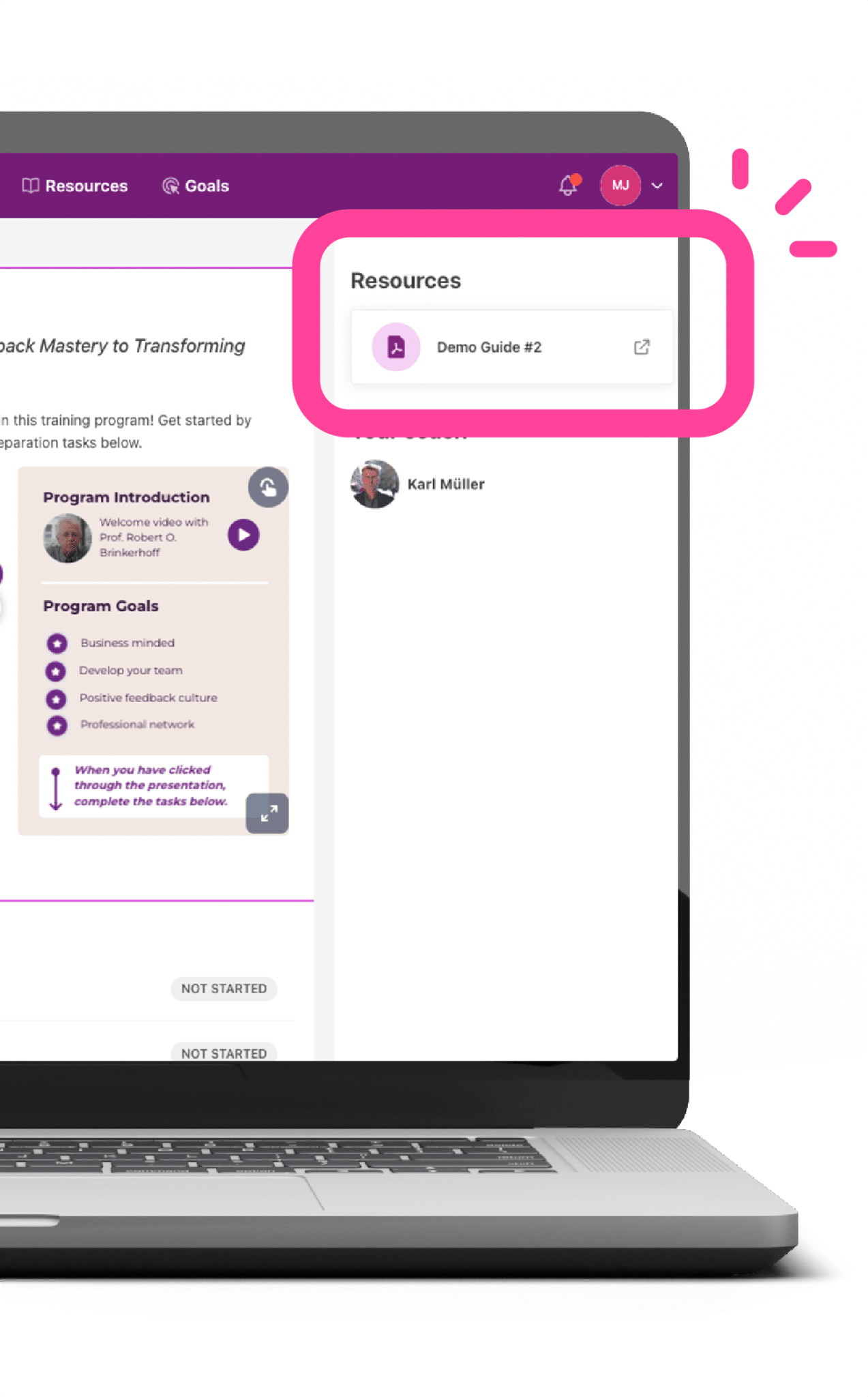The beauty of soft skills – E.g., active listening, conflict management, giving and receiving feedback, etc. – is that they can be used in so many ways and places. The problem with soft skills is that they can be used in so many ways and places. And this paradoxical conundrum lies at the heart of why we L&D folks struggle with evaluating soft skills training, and why so much soft skills training has earned a bad – but based in truth – rap that it doesn’t work very well.
Soft skills like those mentioned above can really pay off when they are used at the right time and place, or they can be nearly worthless if they are not used at all, or not at the right time. This is why those of us who subscribe to the High-Performance Learning Journey (HPLJ) principles always build an extra high-yield element into our learning journeys.
Deploying your new skills
Imagine for a moment that you have taken some training in listening skills – one of the softest of these so-called soft skills. So now that you have mastered some listening skills, what are you going to listen to better? A podcast? The conversation taking place in the cubicle next to yours? The football game you’re watching on TV while your domestic partner would like to have a word about your continuing predilection to leave your socks on the bedroom floor? Exactly when, and where, and especially why, are you going to deploy your new skills?
Or imagine this more concrete scenario: Your teen-aged child wants some advice from you about how to help a depressed school classmate, and at the same time your phone rings and it is a cold-call insurance sales representative who asks some questions about your financial security. I’m going to go out on a limb here and bet that you will decide that talking with your teenager is a higher priority moment to deploy your new listening skills.
Moments that matter
So what makes this the better choice? It is all about the importance of the moment, and the extent to which it enables you to accomplish a goal that is worthwhile to you. This request of your teenager is what we call in our HPLJ lexicon a “moment-that-matters” (MTM). And your ability to identify and prioritize what that moments-that-matter are in your life are the key to using soft skills to improve your performance.
Here are some likely MTMs in some different job roles where a listening skill might really payoff:
- An HR member assigned to conduct exit interviews with disgruntled employees in an organization that is facing a talent drain and doesn’t understand why people are departing.
- A large-account sales rep has been asked by a key sales prospect to meet to discuss a possible application of their high-margin product in a new venture.
- A manager of a business unit with dropping performance is meeting with a group of employees who have some ideas on how to increase production.
- A trusted colleague offers to give you some advice on how to motivate your new team member, a person with whom she has worked in the past.
A moment-that-matters is a scenario in a person’s job where, if that MTM is executed effectively, will help achieve a worthwhile goal, and afford an opportunity to use a newly learned skill. These MTMs will vary, of course: among job roles, within daily variations in job circumstances, and according to different people’s natural skill strengths and weaknesses.
Soft skills need impact-assuring elements
For sure, the success of any soft-skill training program depends on whether your program is efficacious enough to build the soft skills it aims at. But in most programs worth their salt that efficacy is a given; it is the easy part. The make-or-break part for payoff comes when participants are back into their jobs – using, or not using, their new skills. And given the poor track record of typical soft-skill training transfer, this means we need impact-assuring elements in our soft-skills initiatives.
This is the key to make sure you milk your soft-skill programs for every ounce of ROI it can produce. Build in plenty of tools and exercises that will help participants analyze their own job performance needs and circumstances and then identify their unique and key MTMs where their new soft-skill expertise can be deployed fruitfully. Structure practice opportunities so they can try them out; first in safer MTM-like circumstances, and later in increasingly more challenging actual MTMs. This makes soft skills “hard” – easy for participants to apply in ways that will pay off, and easy to measure and evaluate.




